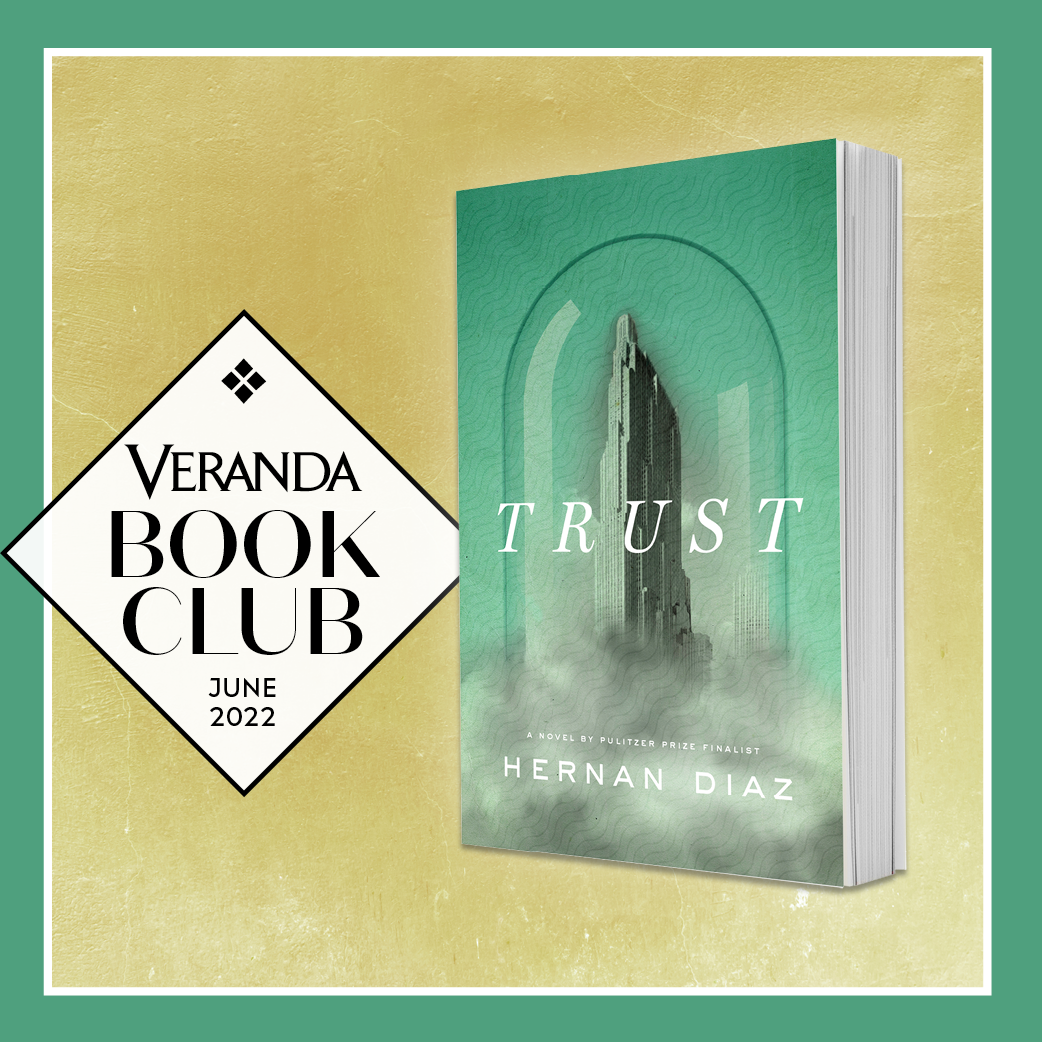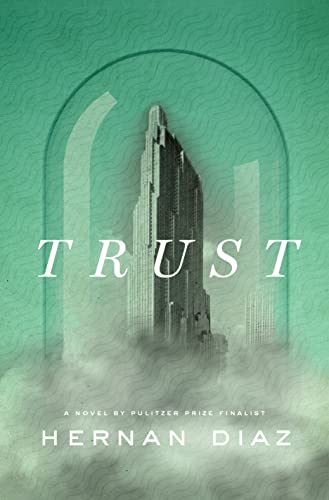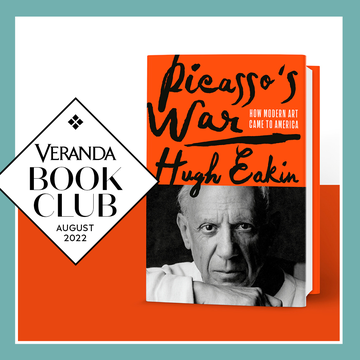Welcome to the VERANDA Sip & Read Book Club! Each month, we dive into a book and offer exclusive conversations with the author, along with a perfectly matched cocktail. This month's pick is Hernan Diaz's Trust, an exhilarating tale set in the 1920s exploring the illusion of money and power. Get caught up on our past book club selections here.
It's New York City during the 1920s, and Andrew and Mildred Bevel are living large. He's a Wall Street tycoon regarded as the wealthiest man alive, while she's the talk of every party held by the city's most elite. Yet the mystique surrounding the couple quickly crumbles as the stock market crashes in 1929, and the truth behind the couple's wealth is revealed. Told through a quartet of narratives, Hernan Diaz's Trust eloquently examines the myths of money and the people it affects. Here, the award-winning author details what drew him to the complex topic and why it's important to talk about.
What made you want to tackle these very tricky topics of class and money?
More From Veranda

Hernan Diaz: Even if money plays such an important part in the American imagination, I was surprised to see so few novels dealing directly with it. There are many novels centered on class, of course—consider our rich tradition of novels of manners. But I wanted to explore how that privilege came to be and what sort of narratives it relied on to perpetuate itself. As soon as I started looking into this, it became clear that women had been completely omitted from these mythical accounts of wealth. It was by focusing on these silenced women that the project really took shape.
Why did you organize the novel into four “books” with a different perspective for each?
HD: The book invites the reader to consider the unspoken agreements all of us enter into each time we interact with a text. Why do we demand that certain texts be true? Why do we immediately excuse others from this same demand? Why do we immediately believe certain voices? Why are we so quick to dismiss others? I felt the best way to present these questions was by having the reader actually experience them. And this structure also turns the reader into a very active presence in the text: each “book” is a piece of a larger puzzle.
What was the research process like for this novel? Have you always had an interest in financial markets?
HD: I had to learn a lot—very fast. I had no previous experience in finance, but I’m well trained in archival research. I worked mostly with primary sources—newspapers and magazines from the time, government documents, private papers. The most poignant thing was to go through the papers of some of the wives of real-life tycoons and discover how, for the most part, they had remained unopened and neglected since they were first put away—decades or even a century ago.
Why did you start the story right before the stock-market crash of 1929? What drew you to the '20s and the Great Depression?
HD: Sometimes, the best approach to current issues is a diagonal, oblique one. The boom of the 1920s, the crash of 1929, and the ensuing depression are such iconic moments in our history. I wanted to push back against the stereotypes and commonplaces surrounding that period, and in the process try to say something about our present. The continuities between the 1920s and the 2020s are really quite shocking—in terms of fiscal policy, immigration, foreign policy, etc.
When we often talk about money and the big players, it’s so often focused on the men and their narratives. Was it important to you to give female characters like Mildred and Ida a voice in this story? What was your goal in doing so?
HD: Yes, the history of finance in America is the history of “Great Men.” I’ve read most of their memoirs from the time, and in the self-righteous account of their heroic exploits, the multitudes that always go into a great fortune become just an anonymous—and meekly obsequious—mass. And, of course, there are no women in these superhuman tales. If they ever appear, it is only in the “supporting roles” of wife and secretary. My intention was to pick up these two preassigned places and question them: The whole narrative revolves around these two women who are pushed into these roles only to subvert them.
After finishing the novel, what character did you find yourself thinking about the most? Why?
HD: This is a beautiful question. Ida is everything I wish I could be: determinate, bold, fearless, incredibly resourceful out in the real world. And I love her for all this. But in the end, Mildred’s sensibility is so close to my own. I was sad when she let me go.
Sarah DiMarco is the Assistant Editor at VERANDA, covering all things art, design, and travel, and she also manages social media for the brand.













